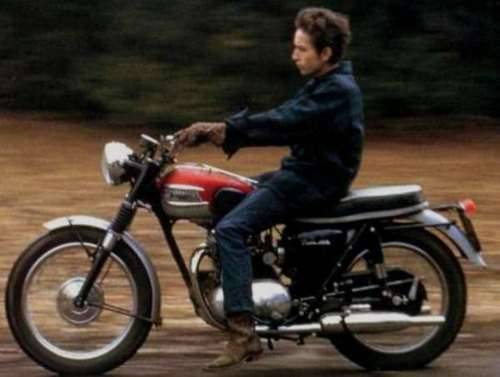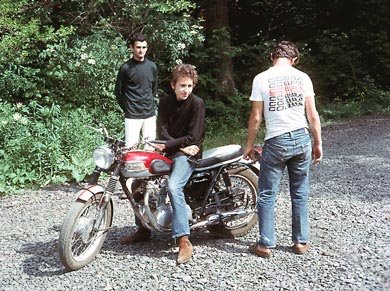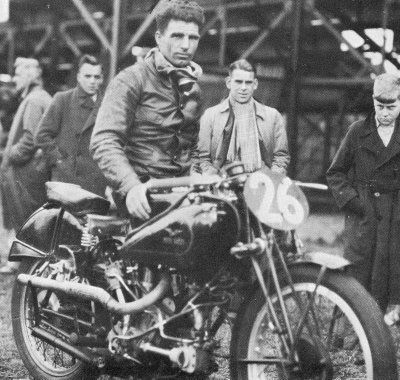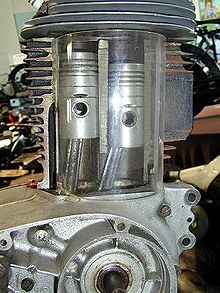

The final day of engine production for the 1962 Triumph TR6.
For the 1962 model year the only Triumph TR6 produced was the Triumph TR6 S/S Trophy. Gone were the "C" & "R" designations, leaving the TR6 to become basically a Bonneville without the second carb.
The '62 Triumph TR6 introduced new petcocks designed not to stick open or closed like the crappy previous ones had a habit of doing. The oil tank is completely rubber-mounted. A Lucas K2F magneto replaced the R2FC competition magneto (Meriden said it was way too expensive). Handlebars are lower and the seat, though still shaped the same, now has a gray top and lower trim band.
1962 Triumph TR6 S/S engine & frame numbers ran from D16189 to D20308, & were built from October 26, 1961 to July 31, 1962.
Keep old bikes rollin'!









































